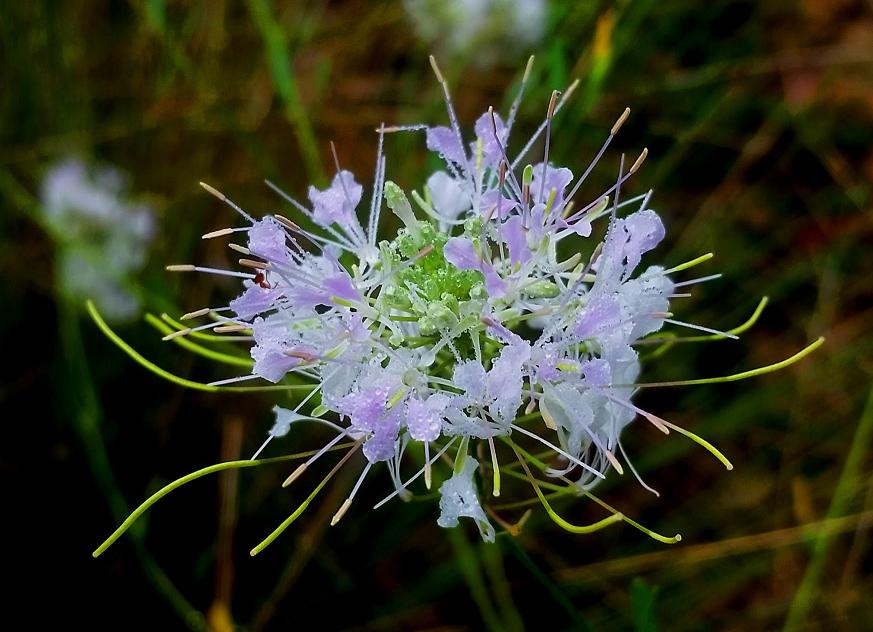Difference between revisions of "Warea cuneifolia"
| Line 26: | Line 26: | ||
===Habitat=== <!--Natural Community, human disturbed habitats, topography, hydrology, soils, light, fire regime requirements for removal of competition, etc.--> | ===Habitat=== <!--Natural Community, human disturbed habitats, topography, hydrology, soils, light, fire regime requirements for removal of competition, etc.--> | ||
| − | ''W. cuneifolia'' has been found in sandhills | + | ''W. cuneifolia'' has been found in sandhills, turkey oak-pine woods, open scrub oak, longleaf pine-scrub oak sand ridges, and longleaf pine woods.<ref name="FSU"> Florida State University Herbarium Database. URL: http://herbarium.bio.fsu.edu. Last accessed: June 2021. Collectors: Loran C. Anderson, R. A. Davidson, R.K. Godfrey, R. F. Thorne, and D. B. Ward. States and counties: Florida: Gadsden, Jackson, and Liberty.</ref> It is also found in disturbed areas including secondary slash pine forests and along fences.<ref name="FSU"/> Associated species: ''Liatris, Polansia, Q. laevis, Q. margaretta, Vaccinium stamineum,'' and ''Trichostema''.<ref name="FSU"/> |
<!--===Phenology===--> <!--Timing off flowering, fruiting, seed dispersal, and environmental triggers. Cite PanFlora website if appropriate: http://www.gilnelson.com/PanFlora/ --> | <!--===Phenology===--> <!--Timing off flowering, fruiting, seed dispersal, and environmental triggers. Cite PanFlora website if appropriate: http://www.gilnelson.com/PanFlora/ --> | ||
Revision as of 12:56, 8 June 2021
Common names: Carolina pineland-cress, Carolina warea
Contents
Taxonomic notes
Description
A description of Warea cuneifolia is provided in The Flora of North America.
Distribution
Ecology
Habitat
W. cuneifolia has been found in sandhills, turkey oak-pine woods, open scrub oak, longleaf pine-scrub oak sand ridges, and longleaf pine woods.[1] It is also found in disturbed areas including secondary slash pine forests and along fences.[1] Associated species: Liatris, Polansia, Q. laevis, Q. margaretta, Vaccinium stamineum, and Trichostema.[1]
Conservation, cultivation, and restoration
Cultural use
Photo Gallery
References and notes
- ↑ 1.0 1.1 1.2 Florida State University Herbarium Database. URL: http://herbarium.bio.fsu.edu. Last accessed: June 2021. Collectors: Loran C. Anderson, R. A. Davidson, R.K. Godfrey, R. F. Thorne, and D. B. Ward. States and counties: Florida: Gadsden, Jackson, and Liberty.
